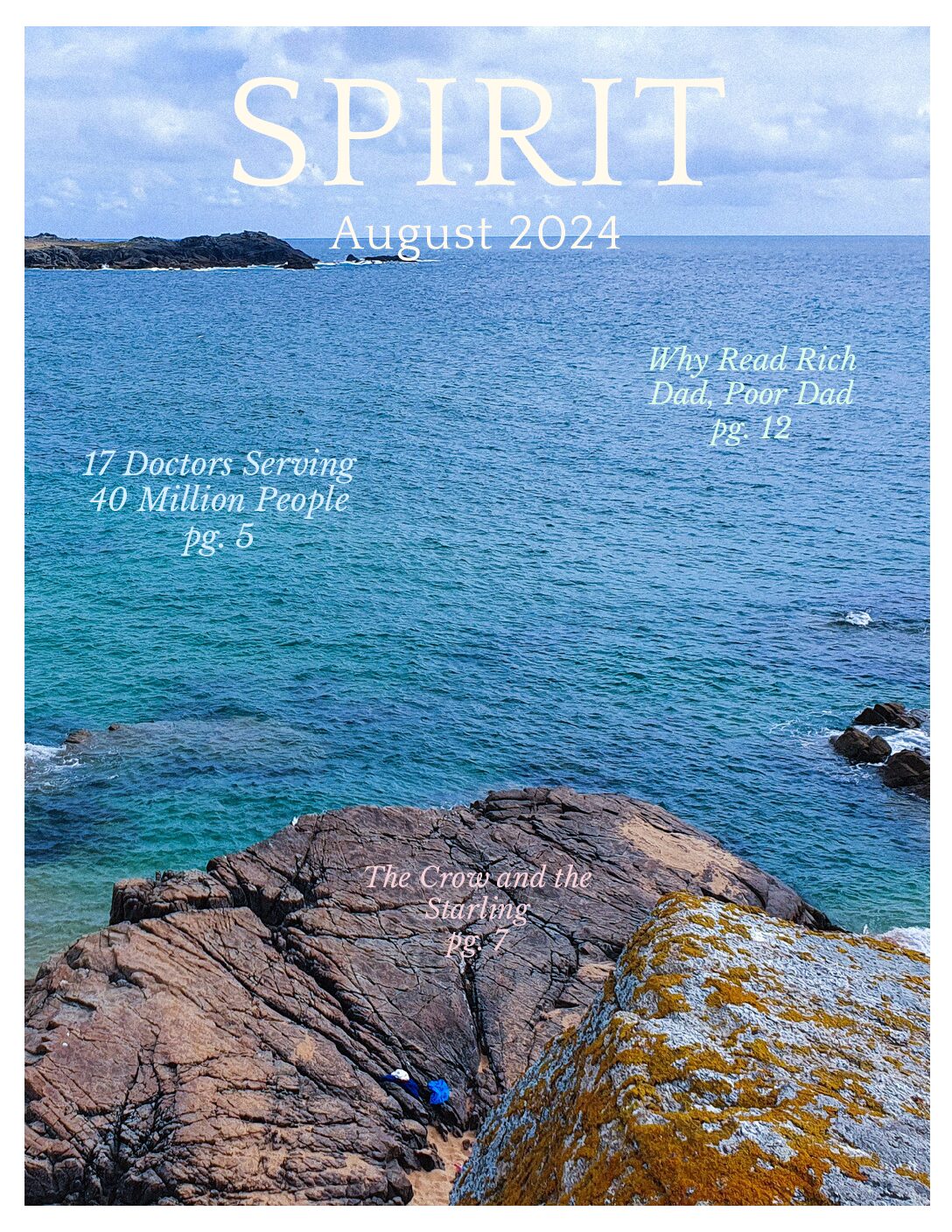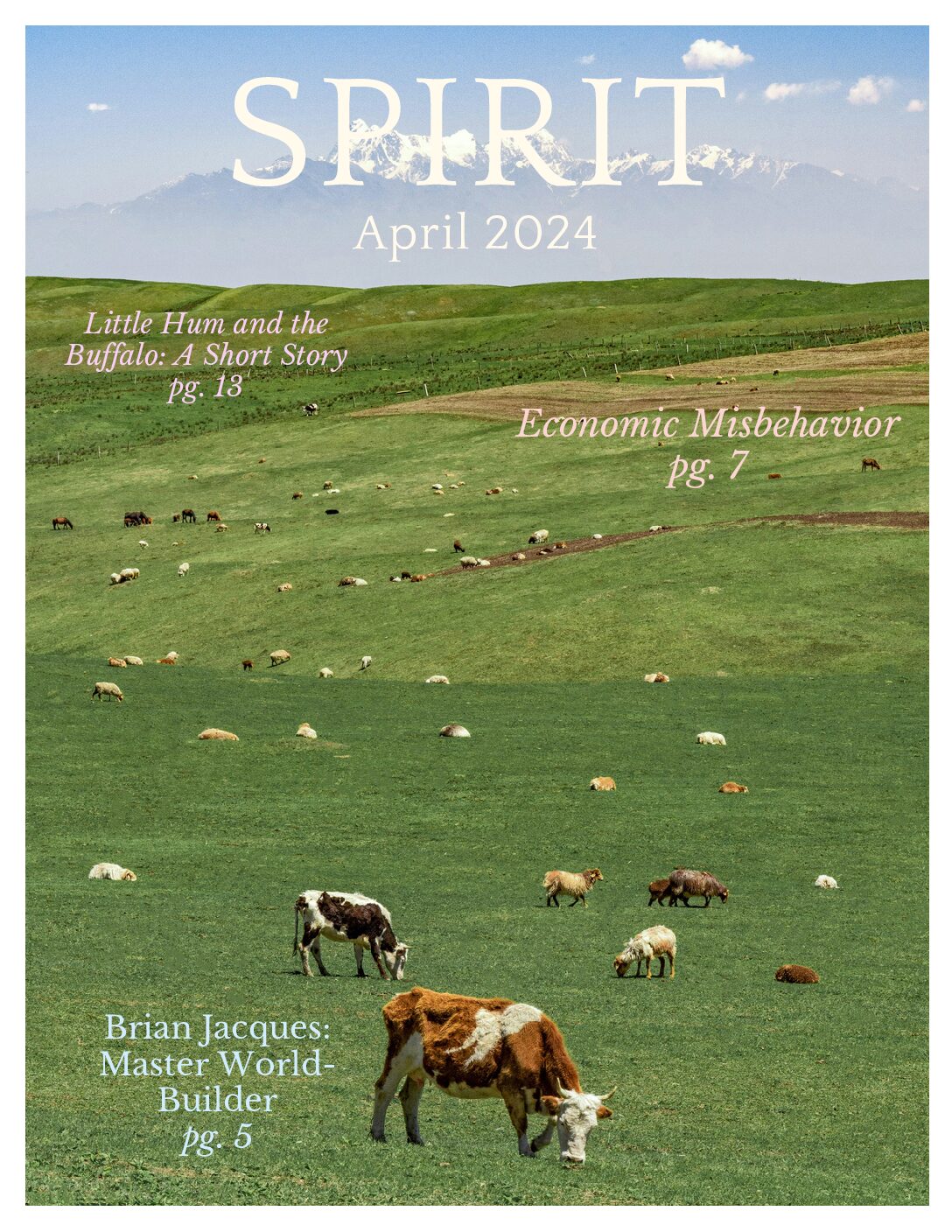What makes classical music beautiful ?


The origins of music are tied to divinity. Music has been sacred to many cultures since its dawn, from hymns, prayers, and chants during ordinary times to celebrations of weddings, births all the way to the tomb. In ancient Egypt, music played an integral role in worship. Temples and palaces in pharaonic Egypt, both of which were thought to house the divine, were often filled with music. The biblical King David won hearts with his remarkable music, playing the harp so beautifully that he was accepted into the court of King Saul.
To Hindus, the sacred note “Om” is said to relate to the universe itself. Ancient  Hindu epics like the Ramayana and the Mahabharata reference music. Indian classical music, the two forms of which are Carnatic music and Hindustani music, developed primarily as devotional music, out of sacred texts. In India and in Europe, wealthy businessmen and maharajas who had the resources and time to enjoy music became famous patrons of the arts.
Hindu epics like the Ramayana and the Mahabharata reference music. Indian classical music, the two forms of which are Carnatic music and Hindustani music, developed primarily as devotional music, out of sacred texts. In India and in Europe, wealthy businessmen and maharajas who had the resources and time to enjoy music became famous patrons of the arts.
Cities like India’s Varanasi and Italy’s Bologna became famous for their music. I think classical music is beautiful because it transcends language and borders. It feels like a purer form of music, just instruments and voice, unenhanced by modern technologies, but startlingly beautiful and sweet in how clear it is. Classical music can be moving, energetic, both, or neither.
Classical music is beautiful because it is unitive. I was listening to a cello concert on Youtube and realized I wasn’t the only one moved by its beauty. Comments on the video were in English, Spanish, Russian, French, Italian, and Japanese. 🎻🌎









